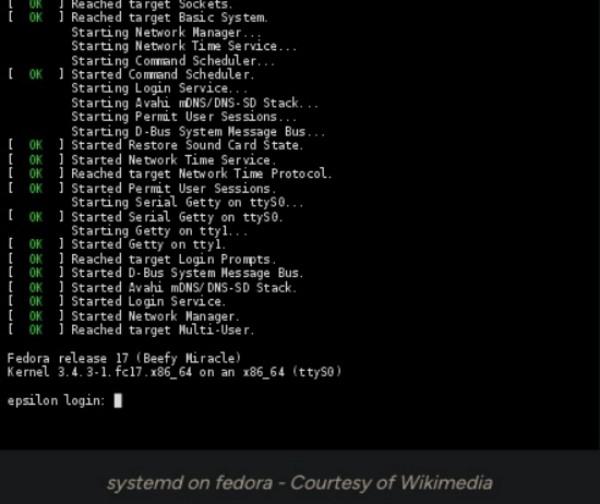In the world of Linux, few debates have stirred as much controversy as the battle between the traditional System V init system, often known as SysVinit, and the newer systemd.
systemd is a system and service manager, first introduced in 2010 to replace the traditional System V init system. It was designed to improve boot-up speeds and manage system services more efficiently. Today, systemd is the default init system for many popular Linux distributions, including Ubuntu, Fedora, and Red Hat Enterprise Linux. Despite the name, systemd is not a daemon. Instead, it’s a software suite that provides a number of system components for Linux. Its goal: to standardize service configuration and behavior across Linux distributions.
Personally, I have no preference at all. It’s there, and I use it sometimes when I need to change or troubleshoot something. My take on it really is that Linux has many options and therefore there will always be differences of opinion, just like we also have for all the “best” Linux distros. When do you ever hear Windows users passionately debating for or against the Yellow and Blue version of Windows? You don’t, because they don’t have those options. And for macOS, of course, Steve knows best…
I think most newer Linux users have not really experienced the pre-systemd era, and also probably don’t delve much into where systemd is actually changed much. With modern Linux there is less and less reason to delve down into systemd unless you are in the habit of experimenting, learning, pulling things apart. But sometimes the topic flares up, so it is interesting to hear a bit about what and why.

